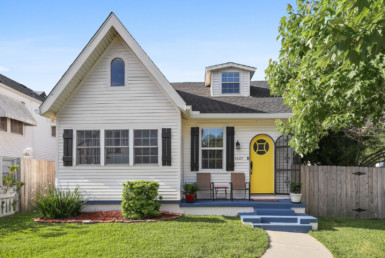Broadmoor

An architecturally, economically and racially diverse neighborhood, Broadmoor is situated in the heart of the city. Although largely a 20th-century neighborhood, it began to be developed in the early 1880s on marshy pasture land, which during heavy rains became a twelve-acre lake and favorite fishing spot for Uptowners. A Bayou St. John tributary, which ran to the bayou from what is presently St. Charles Avenue, filled the lake. In 1873 there was only one registered landowner, but in the mid-1870s plans to develop the area were put into motion. By 1885 drainage canals had been built to move water out of the district. Now on the National Register of Historic Places, Pumping Station #1 at South Broad and Melpomene streets was completed in 1902 (just outside of the neighborhood’s boundaries.)
By the end of the first decade of the 20th century a small population resided in the area, and the South Claiborne Avenue and Napoleon Avenue streetcar lines served the residents. The largest percentage of construction occurred between 1920 and 1924; and by 1930 the neighborhood had its own newspaper, The Broadmoor News. About the same time one of the city’s earliest neighborhood associations, the Broadmoor Civic Improvement Association, was formed. By the 1940s, at least 50 percent of the homes in the area were owner-occupied. Today the district is comprised of approximately 770 buildings, predominantly multi-storied Spanish Colonial and Mediterranean Revival homes, Bungalow style basement houses, low-slung double shotgun houses and Classical mansions.
While the official National Register district is roughly bound by Octavia and Milan streets and South Claiborne to slightly beyond Fontainebleau, residents consider Broadmoor to be a larger area extending up to South Jefferson Davis Parkway and past Milan to Washington Avenue.
Courtesy of the Preservation Resource Center of New Orleans.






